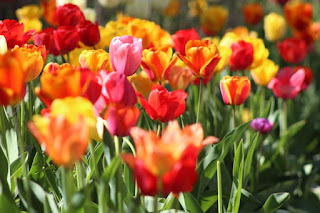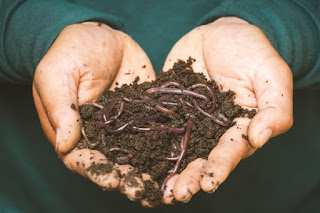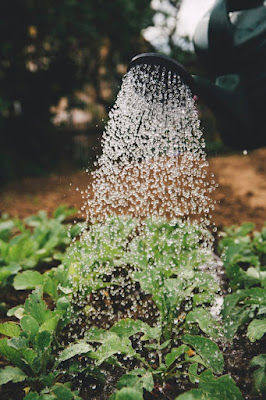Sunday, December 26, 2021
Building Clay Soil Health with Cover Crops (crimson clover)
Thursday, December 16, 2021
Best Time to Plant Tulips
Tips for growing tulips
When is the best time to plant tulip bulbs?
Can tulip flower bulbs be planted in the spring?
Tulip Bulb Spacing
Watering Tulips
Growing tulips
Tuesday, December 14, 2021
Planting fruit trees in clay soil
This article covers a method that I used for planting apple, peach, and plum trees, among others, in clay soil.
Monday, December 13, 2021
Planting snowdrop flower bulbs in clay soil
How to plant snowdrop flower bulbs (galanthus nivalis) in clay soil
Building Clay Soil Health with Cover Crops - Update
Video update on cover crops for clay soil
Friday, December 10, 2021
What is worm composting?
Worm Composting
- shredded dry leaves
- partially finished compost from other compost bins
- grass clippings
- pulverized bird seed
- azomite
- cleaned, ground, and dried eggshells
- fine sand
- coffee grounds
Thursday, December 9, 2021
What is agroforestry?
What is composting?
Put your kitchen scraps (no meats or meat products), grass clippings, and leaves in a pile or a compost bin and let them rot! Keep them wet (moist, not dripping) and turn them with a shovel or pitchfork.
Keep a Carbon to Nitrogen ration of 25:1 or 30:1. Carbon rich materials are things like dried leaves, dried grass clippings, cardboard, and straw. Nitrogen rich materials are things like fresh leaves, fresh grass clippings, and kitchen scraps.
If the Carbon content is too high, it will take more time to break down. If the Nitrogen content is too high, you will get a smelly pile.
What is cover cropping?
What is Regenerative Agriculture?
Regenerative agriculture is a holistic system of organic farming that aims to improve biodiversity; to revitalize and enrich soil health by sequestering carbon through cover cropping, composting, agroforestry, and reduced to no tillage; to produce as much food as possible on available land; and to eliminate the use of inorganic fertilizers and pesticides by using the natural properties of plants and manures to acomplish the goals of these chemicals. Composts and manures used are of an organic nature and sourcing. Animal grazing can be implemented and rotated to incorporate manures naturally.
Terra Genesis International. (2020). Regenerative Agriculture. Available online at: http://www.regenerativeagriculturedefinition.com/ (accessed October 7, 2020).
What is reduced or no tillage?
No tillage soil practices help to reduce or virtually eliminate soil erosion that is prolific in tillage farming systems. The soil remains unharmed between harvesting and planting. Living organisms that are essential to soil health remain living in the soil and undisturbed. Many of these animals and bacteria may be killed by conventional tillage practices.
Benefits of preserving soil life:
1)increased water retention in soil (less watering!)
2)incresed nutrient uptake of plants (healthier food!)
Over time, crop yields increase in no-till systems. These methods also have a positive environmental impact, leading to higher quality soil and reducing carbon dioxide content in the atmosphere.
Watermelons -How to Grow, Water, and Fertilize- Organic Gardening Tips
0:00 hi everyone so today i'm doing a 0:02 follow-up on these watermelons um these 0:05 are some of the ones that i planted from 0:06 se...

-
This article covers a method that I used for planting apple, peach, and plum trees, among others, in clay soil. #1 rule for planting in clay...
-
No tillage soil practices help to reduce or virtually eliminate soil erosion that is prolific in tillage farming systems. The soil remains...
-
Agroforestry is using trees in crop and animal farming systems. You can take it another step and use fruit and nut trees. These trees cr...










